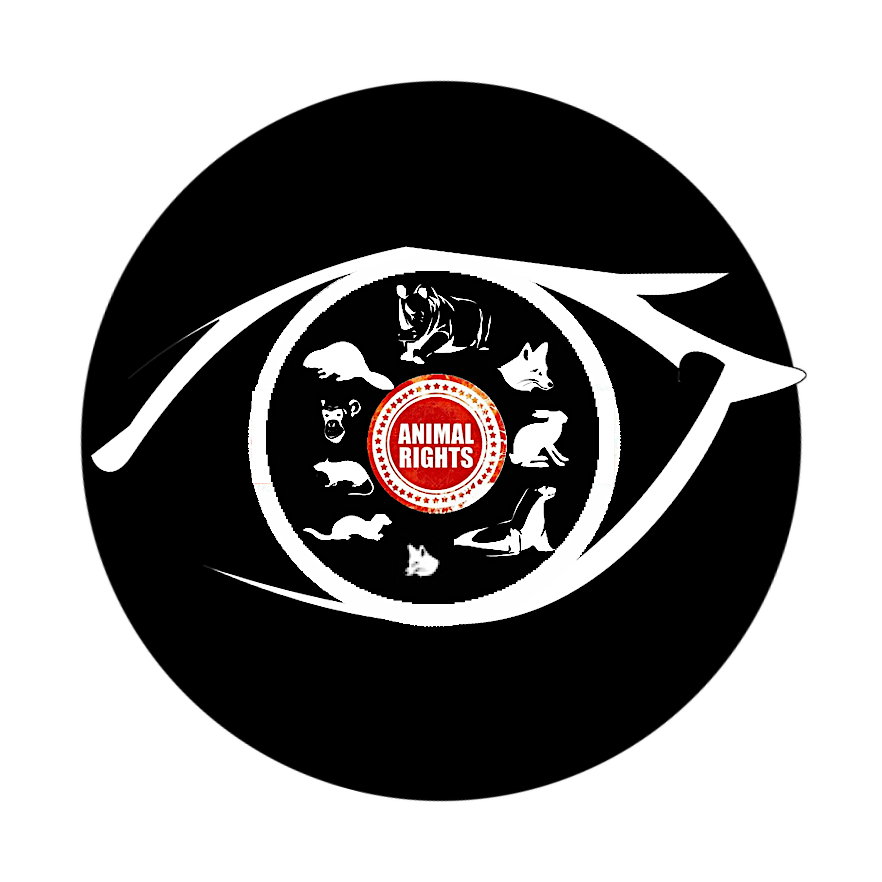This report offers a framework for understanding the development of an animal rights activist. The process seem to share some parallels with the Stages of Grief as conceived by the psychiatrist Elisabeth Kübler-Ross. The stages are not linear steps - activists experience multiple stages in the same time period, experience them in a different order than listed here, or experience the same stage multiple times. Importantly, each stage has distinct needs that more veteran organizers can help to meet - challenges that, if not overcome, could result in burnout, conflict, dropping out of the movement, or all three.
EVA HAMER: Hoping for a more robust understanding of how people become dedicated organizers, colleagues at Pax Fauna and I designed a study. In it, I interviewed 38 current and former organizers in the animal rights movement. I hoped to learn how they got involved, how they were recruited and by whom, and how they have stayed motivated despite the enormity of the cultural forces we’re up against. I was also curious about the factors influencing their decision or temptation to quit the movement. In this report, I share what I learned about what it’s like to be an animal rights organizer as well as advice on how organizers and groups can better recruit and retain activists. This study follows in the footsteps of a 2020 survey experiment by Faunalytics, which surveyed 167 paid and unpaid animal advocates on many factors affecting retention…
Out of the 38 organizers interviewed, 11 were initial seed participants who weren’t referred by another participant but instead were on a list built by Pax Fauna’s team and advisors. Only 9 were people whom I didn’t know personally before the study began. In contrast, 36 people were invited to participate in the study but did not schedule an interview, 23 of whom were people previously unknown to me. The difficulty in recruiting study participants outside of my personal network certainly represents a limitation of this sampling method. With that limitation in mind, the findings should be understood as descriptive of a particular piece of the grassroots movement in the US and not exhaustive of advocates’ experiences. Future research of this kind should consider offering an incentive to study participants to avoid over-relying on the researchers’ personal connections, making greater use of introductions by referring participants, and sending follow-up invitations to participants who have yet to respond.
Even so, the study included organizers living in California, North Carolina, Illinois, Utah, Wisconsin, Arizona, Missouri, Texas, Pennsylvania, Oregon, Colorado, and Michigan. Participants worked on issues related to animals used for food, testing, and entertainment, including circuses and zoos. About 13 were no longer involved in the movement at the time of their interviews. Interviews were conducted between August 2022 and January 2023.
Confidentiality was promised to participants, except to the extent that they preferred to be credited for their quotes. When direct quotes are relayed here, I sent the quote to the participant it came from and asked whether they’d like to be named in relation to the quote. If no response was received, the quote is relayed anonymously. If an anonymous participant’s primary organizational affiliation is ambiguous or they belong to a small group, they’re referred to only as “animal rights organizer.” Otherwise, their primary or self-selected organizational affiliation is named. Interviews were conducted on Zoom and transcribed them using the software Otter.ai. Each automatically generated transcript was reviewed for errors and corrected by a volunteer or me. It was then uploaded into the qualitative research coding software, Taguette, where I used inductive thematic analysis to identify themes…
Hearing the stories of so many organizers, I started to conceive of a process by which we transition from “randos” (an affection term for the not-yet activists we’d like to recruit) into seasoned, dedicated organizers. This report offers a framework for understanding the development of an activist. Early in the process of developing this model, I realized that the process seemed to share some uncanny parallels with the Stages of Grief as conceived by the psychiatrist Elisabeth Kübler-Ross. Similar to the Stages of Grief, these are not linear steps-activists experience multiple stages in the same time period, experience them in a different order than listed here, or experience the same stage multiple times. Importantly, each stage has distinct needs that more veteran organizers can help to meet- challenges that, if not overcome, could result in burnout, conflict, dropping out of the movement, or all three. SOURCE…
RELATED VIDEOS:

